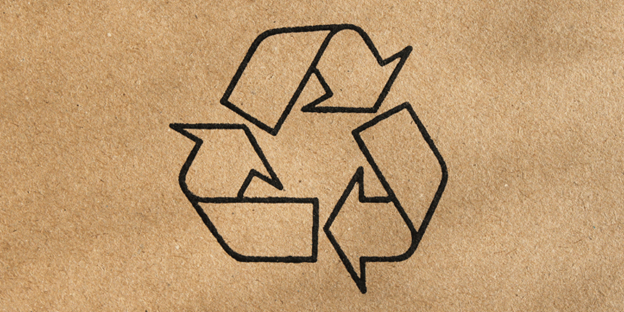
PCI Group often gets questions from customers and prospects regarding sustainability efforts. There are many misconceptions regarding print and mail paper sustainability practices, and we think it’s an important topic to discuss.
In collaboration with our paper partners, we’ve put together this fact check on environmental myths regarding the paper industry. You’ll also learn about the certifications our paper has and what they mean.
Fact: Forests Are a Renewable Resource
Developing sustainable forest management is critical to the paper industry. These practices include integrating all aspects of the forest ecosystem, inclusive of plants and trees. Because demand remains high for sustainably sourced paper, those controlling the lands have a great incentive to keep them healthy. One clear example of this is that the U.S. increased its forest area by 18 million acres from 1990 to 2020.
Each year these forests grow two times more tree volume than what’s harvested. This results in a net average increase of 25 billion cubic feet in growing stock. A cycle of harvesting and regeneration supports carbon sequestration, which reduces the amount of carbon dioxide in the atmosphere.
Fact: Paper Certifications Demonstrate Sustainability Standards
There are several certifications that paper can earn. The most notable are:
- Forest Stewardship Council® (FSC®): This is the gold standard of responsible forestry.
- Sustainable Forestry Initiative® (SFI®): This certification comes after a third-party review of operations and if they meet the standards of the organization.
- Program for the Endorsement of Forest Certification (PEFC): This international organization endorses systems it considers credible.
Receiving and maintaining these certifications requires a commitment from paper companies to sustainability. All the paper we use comes from organizations that meet or exceed one or more of these
 Fact: The Pulp and Paper Industry Contributes Less Than 1% of Total U.S. Greenhouse Gas Emissions
Fact: The Pulp and Paper Industry Contributes Less Than 1% of Total U.S. Greenhouse Gas Emissions
Another misconception about paper production is that it greatly contributes to emissions. In actuality, the paper industry uses more renewable and carbon-neutral energy than fossil fuels. The field has been steadily reducing emissions since 2005. In 2020, it was responsible for only 0.6% of total greenhouse gas emissions.
Fact: The U.S. Recycles More Paper Than Any Other Product
Many people may erroneously believe paper is wasteful, but businesses and individuals are regular recyclers. In 2021, 68% of paper and paper-based packaging was recycled, topping the list over plastic, glass, and metal.
Additionally, recycling eliminates the release of greenhouse gasses when paper decomposes in landfills. The companies we source paper from and our operations recycle almost all waste.
Fact: Continuous Input of New Wood Fiber Keeps Paper Production Sustainable
While recycled materials make up a large part of new paper production, adding new wood fiber is still important. Recycling causes fibers to get shorter and weaker, so it needs some reinforcement with this new fiber. When it comes from sustainably managed forests, it’s part of the ecosystem of healthy foresting.
Fact: Making All Communication Digital Doesn’t Eliminate Sustainability Issues
Many companies and consumers want to be completely digital in terms of statements, invoices, and communications. One of the reasons is that most think it shrinks your carbon footprint. However, the digital world needs a lot of energy, which creates greenhouse gas emissions.
Sending an email to a customer with their communication isn’t without consequences. The number of emails we receive every day continues to grow, as do the many devices we use to receive them. In fact, the U.S. generates 7 million metric tons of electronic waste per capita.
Thus, it’s unfair to characterize going paperless as being “green.” It depends on the practices of the company and their standards.
Fact: We Minimize Paper Waste and Maximize Its Usage with a White Paper Factory
A White Paper Factory is a manufacturing method that involves feeding reams of white paper into printers. Documents and envelopes print simultaneously by marrying fully digitally composed files with in-line print production. Dynamic printing on each letter also means there is no need for inserts or pre-printed stock. It’s more efficient, accurate, and sustainable.
Fact: We Care About and Prioritize Sustainability
Through responsible sourcing and effective manufacturing processes, we demonstrate our commitment to sustainability every day. We follow best practices on recycling and have energy-efficient practices in place in our facilities. We’ve also offset the equivalent of 1.37 billion letter pages of paper by reforesting 164,000 trees.
Sources:


